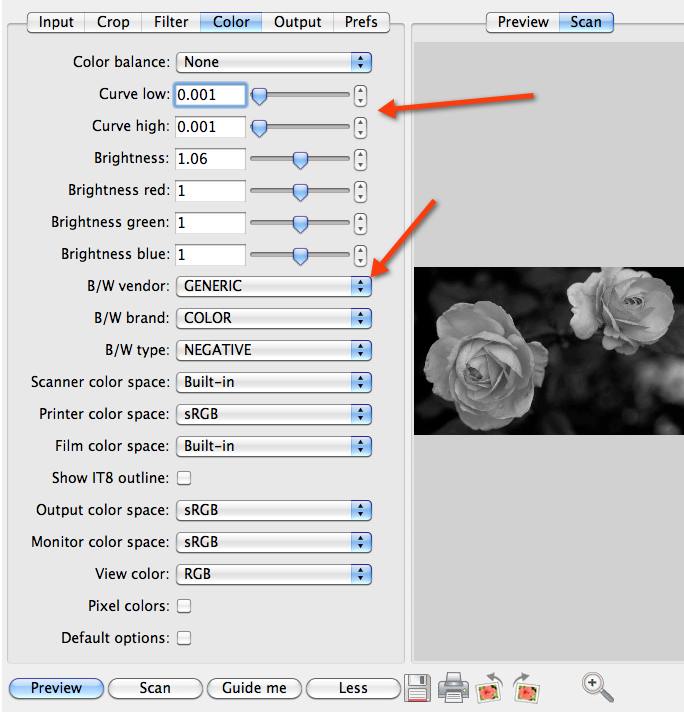

So I def understand how reducing file size usually comes with IQ loss, and I am happy to test to compare different options. The large files are not only an issue with storage, the files also put a strain on my relatively new i7 class computer. Converting them to DNGs reduces them by a few megs. Meanwhile, scanning at 48 bit color is giving me files in the 120 meg range.

Setting the output for 16bit grey tiff and allowing tiff compression yields files around 40 megs. Recently, I have started shooting color print film, and I am struggling with file size. I have been doing this for years and love it. I print at home, sometimes at sizes which are on the border of 35mm resolution (i.e. I generally scan entire rolls, and toss obviously bad frames. My primary a film B&W photog, and I have been using a hybrid darkroom for years: I dev my own film (135, 120, LF), scan (Nikon LS-5000), and edit in Lightroom. What is the difference from VueScan's RAW output vs Epson Scans TIFF output with Color Management "off" aside from the file type, and linear gamma? In Epson scan, when scanning to a TIFF with Color Management "off," couldn't I apply a linear gamma in photoshop to achieve the same results? (I haven't been able to mimic this, I also cannot find a linear profile in photoshop.) This makes the scan very easy to balance.) dng, I know the gamma is set to "Linear", as this is standard with non-bayer sensor "RAW". dng files? (If Vuescan is outputting a raster image to their RAW. Is Vuescan outputting a raster image in their RAW. There are FAR less color shifts when changing white balance. dng from Vuescan is MUCH MUCH easier to edit, as I know the. dng coming from Vuescan must be a raster image, yes? I've noticed that the. It is my understanding that flatbed scanners don't output the same "RAW" data a camera sensor does.

In Epson Scan, I scan using "color positive" (even though I am scanning negatives) to keep the software from making any color adjustments (as it would do if scanning with the "color negative" option when it converts to a positive) I scan to a TIFF file, and I turn color management "off". Both scans are at 48bit color, 4800dpi (highest optical resolution of this scanner.) I've made a few test scans to find which one edits best. I have a flatbed Epson Scanner (Epson V370) and am testing the two programs against each other. I am currently scanning film negatives and trying VueScan demo.


 0 kommentar(er)
0 kommentar(er)
